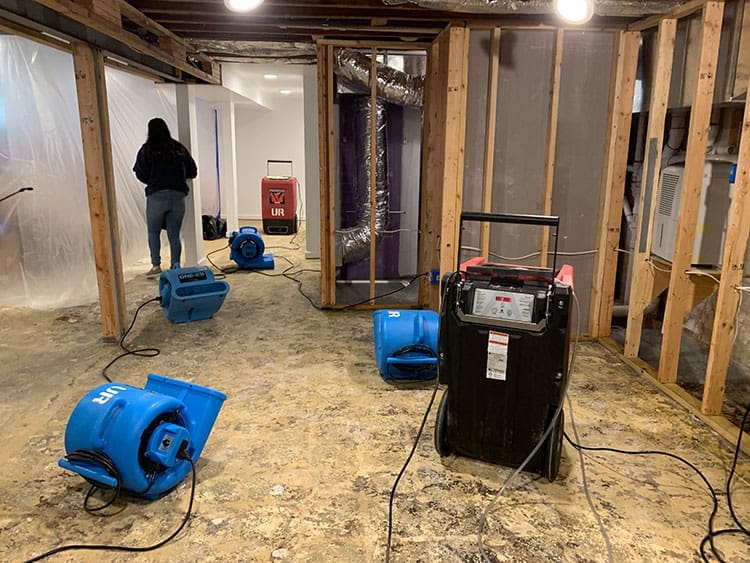When disaster strikes your property, whether it’s water damage, fire, or mold infestation, the immediate impulse might be to wait and see how things unfold. However, as experts in the field of property restoration, we cannot stress enough the importance of swift action. Delaying the restoration process can lead to escalating costs and compounding damages that could have been easily prevented with timely intervention.
The Domino Effect of Delayed Restoration
Property damage rarely remains static. What starts as a small issue can quickly snowball into a major problem if left unaddressed. For instance, a minor water leak can lead to extensive structural damage, mold growth, and even health hazards if not promptly dealt with. The longer you wait, the more complex and costly the restoration process becomes.
Hidden Costs of Procrastination
The financial implications of delaying property restoration extend far beyond the immediate visible damage. Here are some often-overlooked costs associated with postponing necessary repairs:
1. Increased Structural Damage
Water damage, if left unchecked, can weaken the structural integrity of your property. What might have been a simple drywall replacement can escalate to needing full support beam replacements, significantly increasing restoration costs.
2. Mold Proliferation
Moisture problems that aren’t addressed promptly create the perfect breeding ground for mold. Mold can spread rapidly, often within 24-48 hours, leading to health risks and requiring specialized remediation techniques that are far more expensive than initial water extraction and drying.
3. Decreased Property Value
Unresolved property damage can substantially decrease your property’s market value. What’s more, if you’re considering selling, potential buyers may be deterred by the extent of necessary repairs, or use it as leverage to negotiate a lower price.
4. Higher Insurance Premiums
Insurance companies may view delayed restoration as negligence. This could result in higher premiums or even denied claims if it’s determined that the damage worsened due to lack of timely action.
The Importance of Professional Assessment
One of the most crucial steps in the restoration process is getting a professional assessment as soon as possible. Trained experts can identify potential issues that may not be immediately apparent to the untrained eye. They can also provide a comprehensive plan for restoration, ensuring that all aspects of the damage are addressed efficiently and effectively.
Long-term Benefits of Prompt Restoration
While the immediate costs of professional restoration services might seem daunting, they pale in comparison to the long-term benefits and cost savings. Prompt restoration can:
- Prevent secondary damage, saving thousands in potential repair costs
- Ensure the safety and health of occupants by addressing potential hazards quickly
- Minimize disruption to your daily life or business operations
- Preserve the value and integrity of your property
- Potentially lower insurance costs in the long run
The Role of Technology in Modern Restoration
Advancements in restoration technology have made it possible to address property damage more efficiently than ever before. Modern equipment can detect moisture in hidden areas, efficiently remove water, and thoroughly dry affected spaces. These technological solutions, when applied promptly, can significantly reduce the extent of damage and the time required for restoration.
The Emotional Toll of Prolonged Damage
Beyond the financial aspects, living or working in a damaged property can take a significant emotional toll. The stress of dealing with ongoing issues, the constant reminder of the damage, and the uncertainty of when it will be resolved can affect mental health and overall quality of life. Swift restoration not only repairs your property but also provides peace of mind and a sense of normalcy.
The Value of Immediate Action
In the world of property restoration, time is truly of the essence. The cost of delaying restoration far outweighs the initial investment in professional services. By acting quickly, property owners can minimize damage, reduce costs, and protect the value of their investment. Remember, when it comes to property damage, it’s not just about fixing what’s broken – it’s about preventing further damage and ensuring the long-term health and safety of your property and its occupants.
While the temptation to delay might be strong, the insights from restoration experts are clear: prompt, professional restoration is the most cost-effective and beneficial approach to property damage. Don’t let a small problem today become a major crisis tomorrow. When disaster strikes, act fast and seek professional help to ensure the best possible outcome for your property.



